Awabi, or abalone, is a prized delicacy in Japanese cuisine. You’ll discover the different types of awabi found in Japan, their unique characteristics, and how locals prepared and enjoyed them today. Join us on a journey to explore the allure of awabi and uncover its role in Japanese heritage and gastronomy.
What is Awabi?
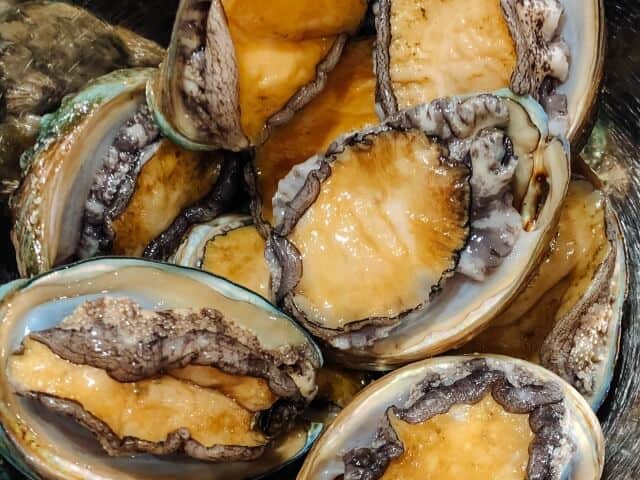
Awabi (あわび) is the Japanese word for abalone, a type of marine mollusk found in coastal waters. Abalones are famous for their distinctive, ear-shaped shells lined with mother-of-pearl and highly-valued for their tender and flavorful meat. In Japanese cuisine, awabi is considered a delicacy and often served in various ways, including sashimi, grilled, simmered, or sushi. The texture is firm and slightly chewy, and the flavor is subtle and sweet.
Awabi History
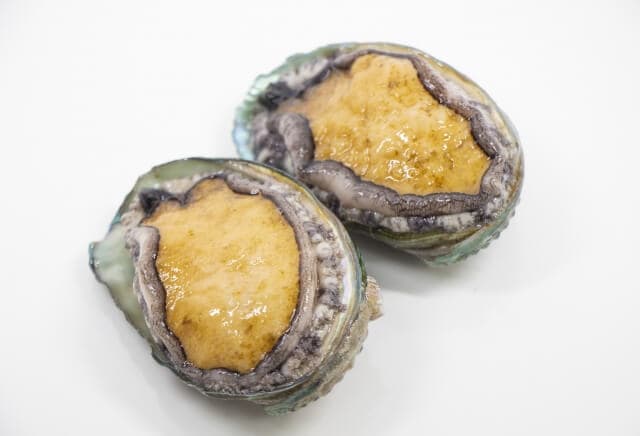
Abalone, known as a luxury food today, has been a special delicacy in Japan since ancient times. The Engishiki, an ancient legal text from the 10th century, lists abalone as an essential ingredient for special occasions, including national ceremonies, seasonal festivals, and meals for the Emperor. Compiled by order of Emperor Daigo beginning in 905 and completed in 927, the Engishiki is a crucial historical document that provides extensive information about the administration, economy, and culture of ancient Japan, highlighting the significance of abalone in historical Japanese cuisine and traditions.
Awabi Auspicious Nature
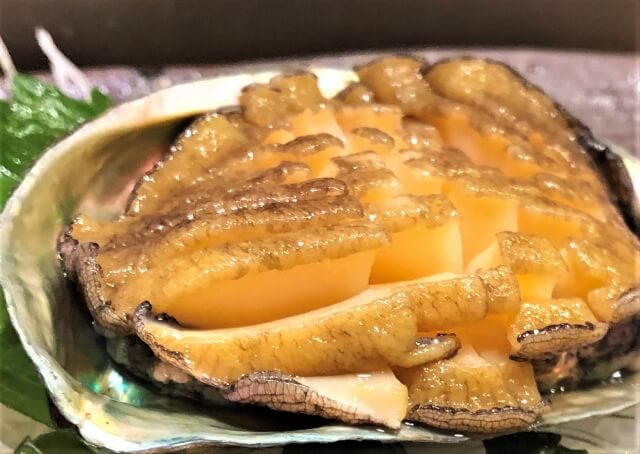
Did you know that the abalone, the “king of shellfish” that appears in the “Nihon Shoki” and “Kojiki” as a symbol of good fortune, is the origin of the noshi wrapping that is indispensable for gifts? Deep-sea abalone is rare and luxurious, used since ancient times as a lucky charm for longevity and as an offerings to the gods. In the Nara period, wealthy clans presented dried abalone to the Imperial family as a prestigious gift. During the Kamakura period, “Noshi abalone,” made by stretching and drying abalone flesh, became common for offerings.
Awabi FAQ
Awabi Recipe
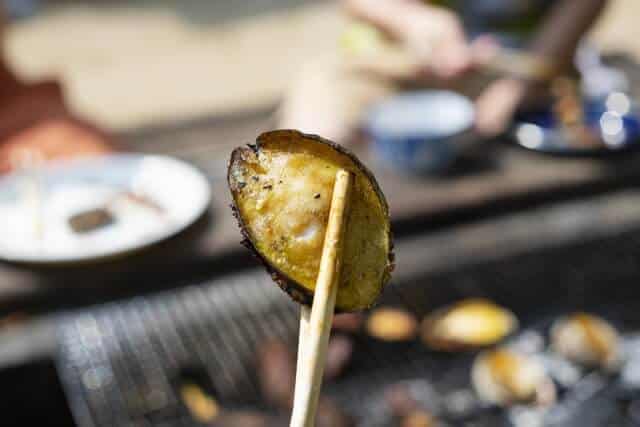
Abalone Nigiri Sushi Ingredients
| Ingredients for 2 persons | Measurements |
|---|---|
| Abalone | about 200g |
| Dark soy sauce | 15g |
| Japanese sake | 15g |
| Sugar | 6g |
| Vinegared rice | 300g |
| Wasabi | 1g |
How to make Abalone Nigiri Sushi?
Remove the abalone from its shell and discard the liver, keeping only the flesh. Slice the abalone into thin diagonal slices, approximately 2mm thick. Boil the abalone slices in a pot of water for around 15 minutes.
Reserve enough of the cooking water to cover the abalone slices. Add dark soy sauce, Japanese sake, and sugar to the reserved cooking water. Simmer the abalone slices in this seasoned broth for 4 to 5 minutes.
Remove the abalone slices from the broth and let them cool. To improve texture, lightly tap the edges of the slices with a knife. Heat the remaining broth and reduce it to a sauce. Place a small amount of wasabi on vinegared rice, add an abalone slice, and form into a sushi piece.
Where to buy Awabi?
Awabino Genta (あわびの源太)
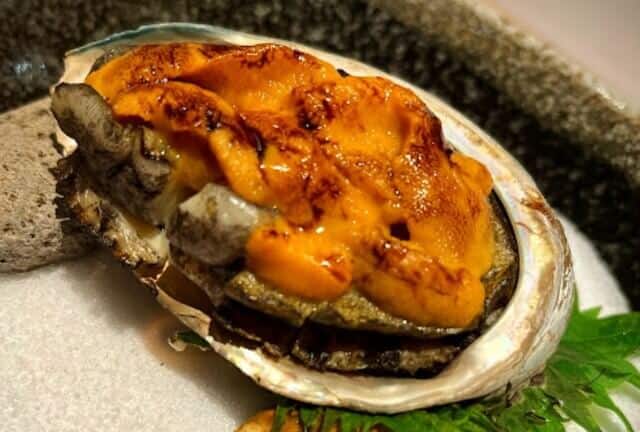
Established more than 50 years ago, we mainly use carefully selected Ezo abalone and offer the ultimate abalone cuisine with refined flavors and bold ideas.
Final Thoughts
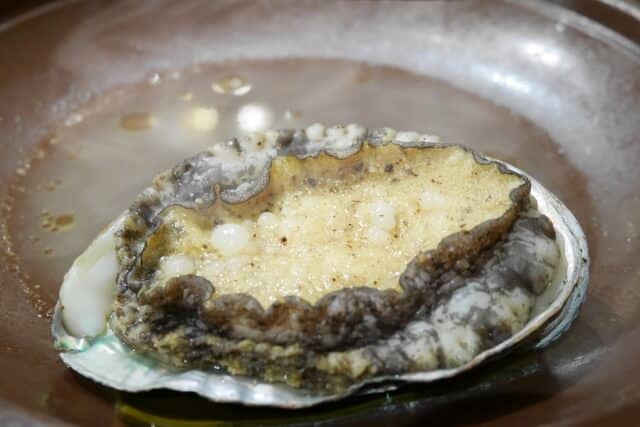
In conclusion, awabi holds a special place in Japanese culture and cuisine, cherished for its unique flavor and historical significance. We hope this article has enriched your knowledge of awabi and inspired you to explore its culinary and cultural heritage further.
There are other seafoods that Japan is popular for, you just have to try it all out!
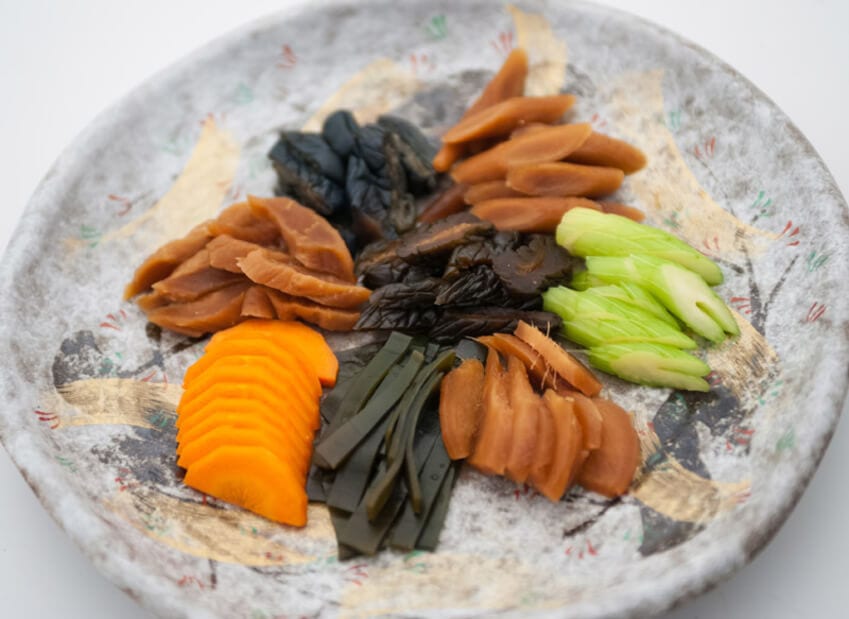
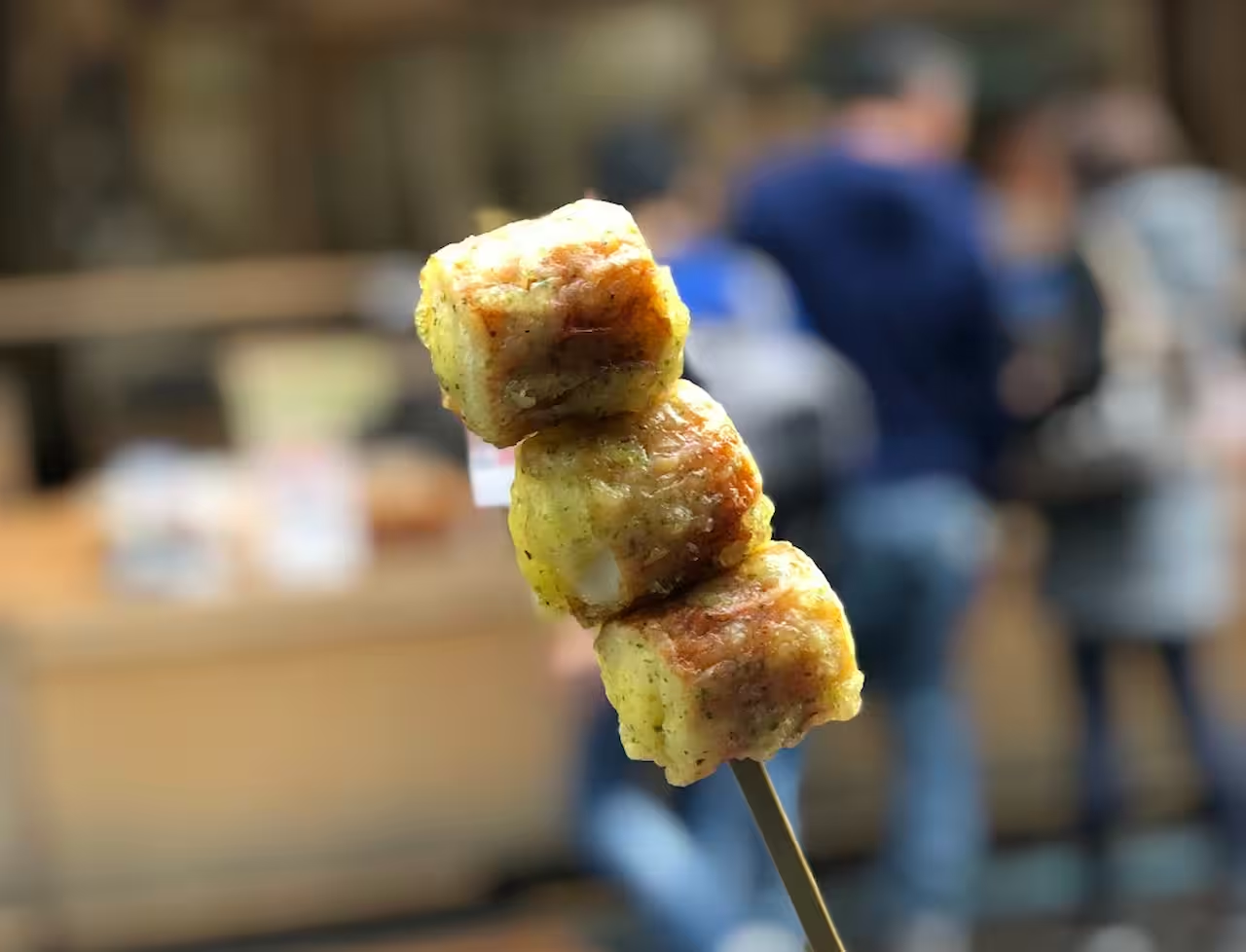
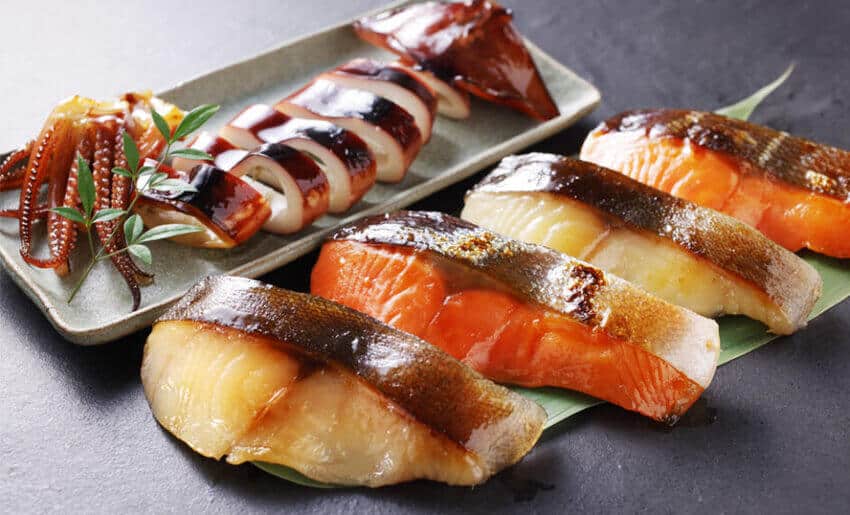

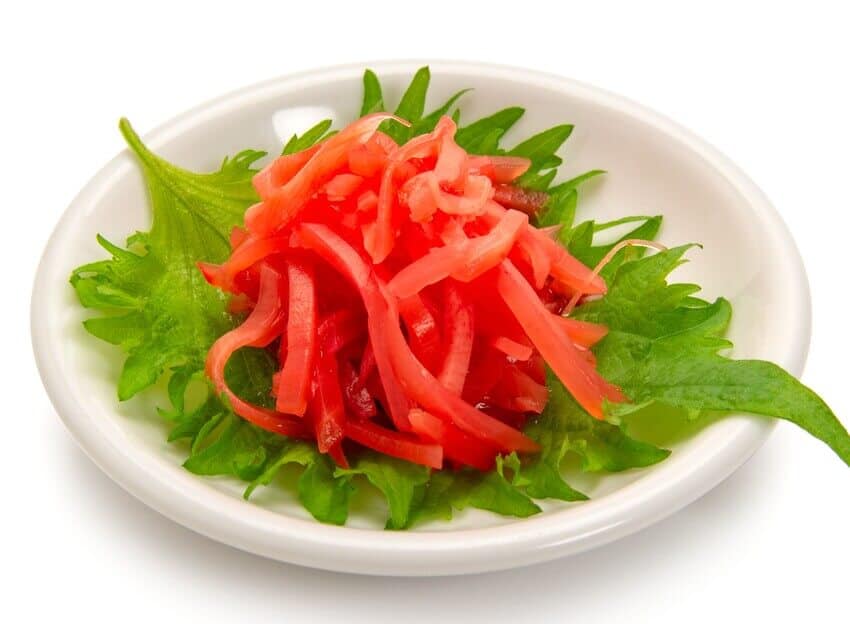

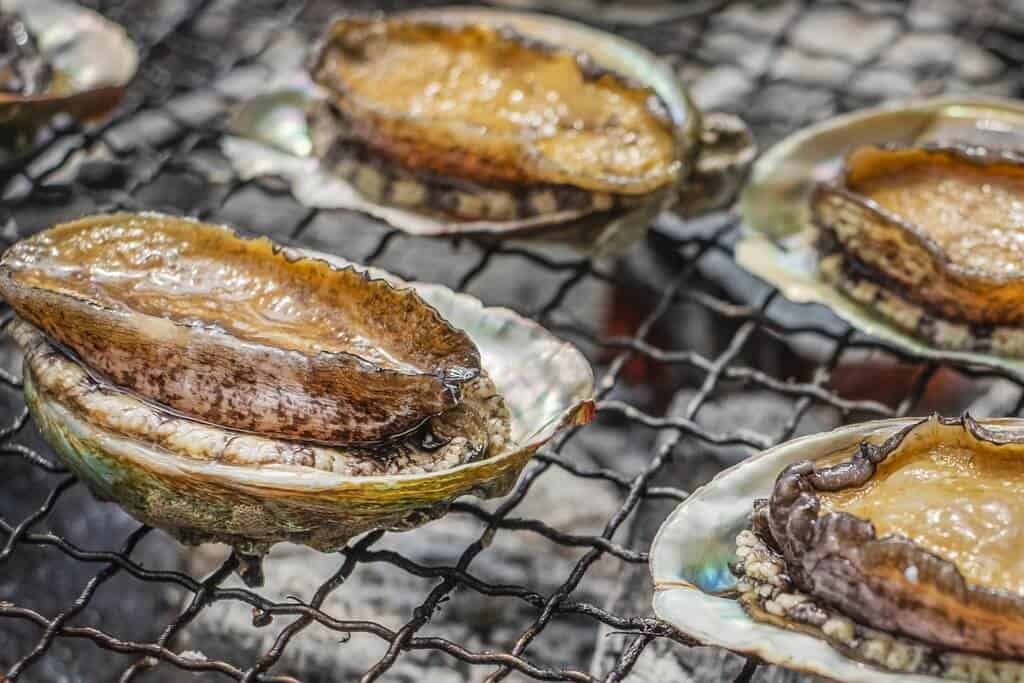
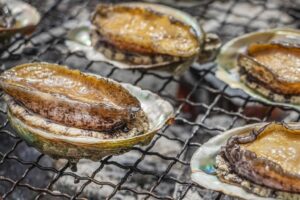
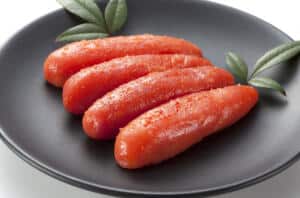
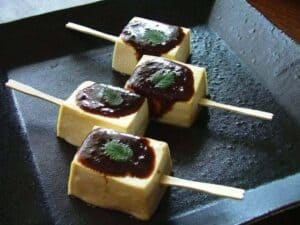
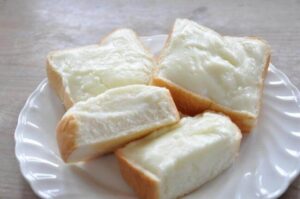

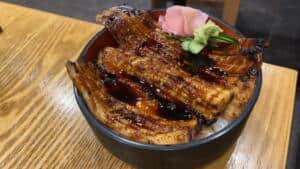
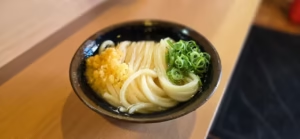

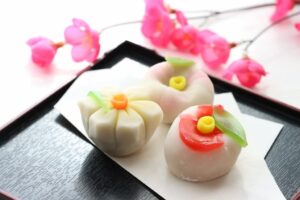
Comments